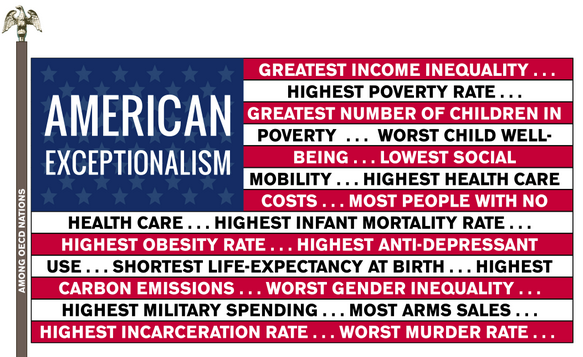That our carbon-based economy and the rate at which we squander the earth’s resources are unsustainable has been accepted by all but the most strenuous climate change deniers. With more countries wanting to buy into the ‘American Dream’ of rampant consumerism and unfettered mobility the rate of consumption of the world’s resources and subsequent release of pollution and greenhouse gases has nowhere near peaked, although the oil that supplies this demand may well have. The question is when and this will end, with several scenarios for a non-mobile, non-consumerist future (Elliot, A. & Urry, J. 2010, pp131-154).
May 23 2007 was transition day, the day that the world’s urban population overtook its rural. With an increasing percentage of people living in cities the city has a major role to play in providing a sustainable future (Elliot, A. & Urry, J. 2010, p138). How this can be done is one of the points raised by the United Nations’ Sustainable Development Agenda (2011) that looks at how cities can thrive while reducing poverty and pollution and improving the use of resources.
Of the possible future scenarios suggested by Elliot and Urry (2010), one of the least apocalyptic is the digital network – a system of electronic regulators or sensors that allow technology to work out the least resource intensive and most efficient way of doing tasks. While this system would ensure the best use is made of scarce resources, it is one of constant and all-pervasive monitoring with objects, transport, people and carbon emissions constantly watched, compared and actioned for the optimum result.
The digital network may be a long way off, but local initiatives are appearing. The HackAIR collective provides a platform for apps to monitor air pollution. Mapping for Change’s Citizen Science monitors air quality across 30 locations in London. Data relating to air quality and pollution is collected and mapped raising awareness of problems for citizens to lobby policy-makers and engage in the democratic process. It is, perhaps, one of many foundation stones of a new society that uses technology to promote sustainability.
References
Elliot, A & Urry, J. (2010) Mobile Lives, pp131-154. Routledge.
Clean Air in London. (2016). Available at: http://cleanair.london/ [accessed 1 May 2016].
HackAIR. (2016). Available at: http://www.hackair.eu [accessed 1 May 2016].
Mapping for Change (2016). Available at: http://mappingforchange.org.uk [accessed 1 May 2016].
Science in the City, Monitoring Air Quality in the Barbican. (2015). Available at: https://www.cityoflondon.gov.uk/business/environmental-health/environmental-protection/air-quality/Documents/barbican-final-report-13012015.pdf [accessed 1 May 2016].
Speth J.G. (2012) America: The Best Country in the World at Being Last – How Can We Change That? Available at: http://www.alternet.org/story/154367/america%3A_the_best_country_in_the_world_at_being_last_–_how_can_we_change_that [accessed 1 May 2016].
Unicef. (2012). An Urban World. Available at: http://www.unicef.org/sowc2012/urbanmap/?lan=en [accessed 1 May 2016].
United Nations (2011). What is Sustainability? Available at: http://web.archive.org/web/20160202070039/http://www.un.org/en/sustainablefuture/sustainability.shtml [accessed 1 May 2016].



